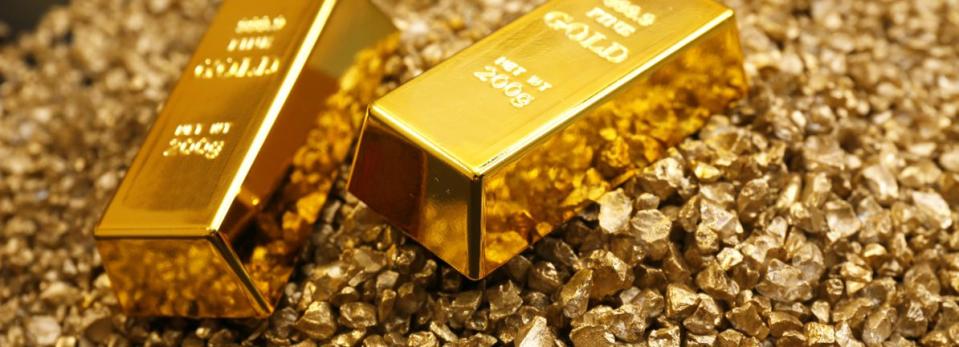Should You Worry About Alkane Resources Limited’s (ASX:ALK) ROCE?

Today we'll evaluate Alkane Resources Limited (ASX:ALK) to determine whether it could have potential as an investment idea. In particular, we'll consider its Return On Capital Employed (ROCE), as that can give us insight into how profitably the company is able to employ capital in its business.
First up, we'll look at what ROCE is and how we calculate it. Then we'll compare its ROCE to similar companies. Then we'll determine how its current liabilities are affecting its ROCE.
Return On Capital Employed (ROCE): What is it?
ROCE measures the 'return' (pre-tax profit) a company generates from capital employed in its business. In general, businesses with a higher ROCE are usually better quality. Overall, it is a valuable metric that has its flaws. Renowned investment researcher Michael Mauboussin has suggested that a high ROCE can indicate that 'one dollar invested in the company generates value of more than one dollar'.
How Do You Calculate Return On Capital Employed?
Analysts use this formula to calculate return on capital employed:
Return on Capital Employed = Earnings Before Interest and Tax (EBIT) ÷ (Total Assets - Current Liabilities)
Or for Alkane Resources:
0.076 = AU$21m ÷ (AU$293m - AU$10m) (Based on the trailing twelve months to December 2019.)
Therefore, Alkane Resources has an ROCE of 7.6%.
Check out our latest analysis for Alkane Resources
Does Alkane Resources Have A Good ROCE?
One way to assess ROCE is to compare similar companies. Using our data, Alkane Resources's ROCE appears to be significantly below the 9.8% average in the Metals and Mining industry. This performance could be negative if sustained, as it suggests the business may underperform its industry. Setting aside the industry comparison for now, Alkane Resources's ROCE is mediocre in absolute terms, considering the risk of investing in stocks versus the safety of a bank account. Readers may find more attractive investment prospects elsewhere.
Alkane Resources delivered an ROCE of 7.6%, which is better than 3 years ago, as was making losses back then. That implies the business has been improving. The image below shows how Alkane Resources's ROCE compares to its industry, and you can click it to see more detail on its past growth.
Remember that this metric is backwards looking - it shows what has happened in the past, and does not accurately predict the future. Companies in cyclical industries can be difficult to understand using ROCE, as returns typically look high during boom times, and low during busts. ROCE is only a point-in-time measure. We note Alkane Resources could be considered a cyclical business. What happens in the future is pretty important for investors, so we have prepared a free report on analyst forecasts for Alkane Resources.
Do Alkane Resources's Current Liabilities Skew Its ROCE?
Short term (or current) liabilities, are things like supplier invoices, overdrafts, or tax bills that need to be paid within 12 months. Due to the way the ROCE equation works, having large bills due in the near term can make it look as though a company has less capital employed, and thus a higher ROCE than usual. To counter this, investors can check if a company has high current liabilities relative to total assets.
Alkane Resources has total assets of AU$293m and current liabilities of AU$10m. As a result, its current liabilities are equal to approximately 3.4% of its total assets. Alkane Resources has a low level of current liabilities, which have a minimal impact on its uninspiring ROCE.
What We Can Learn From Alkane Resources's ROCE
Alkane Resources looks like an ok business, but on this analysis it is not at the top of our buy list. Of course, you might also be able to find a better stock than Alkane Resources. So you may wish to see this free collection of other companies that have grown earnings strongly.
I will like Alkane Resources better if I see some big insider buys. While we wait, check out this free list of growing companies with considerable, recent, insider buying.
Love or hate this article? Concerned about the content? Get in touch with us directly. Alternatively, email editorial-team@simplywallst.com.
This article by Simply Wall St is general in nature. It does not constitute a recommendation to buy or sell any stock, and does not take account of your objectives, or your financial situation. We aim to bring you long-term focused analysis driven by fundamental data. Note that our analysis may not factor in the latest price-sensitive company announcements or qualitative material. Simply Wall St has no position in any stocks mentioned. Thank you for reading.

 Yahoo Finance
Yahoo Finance 
